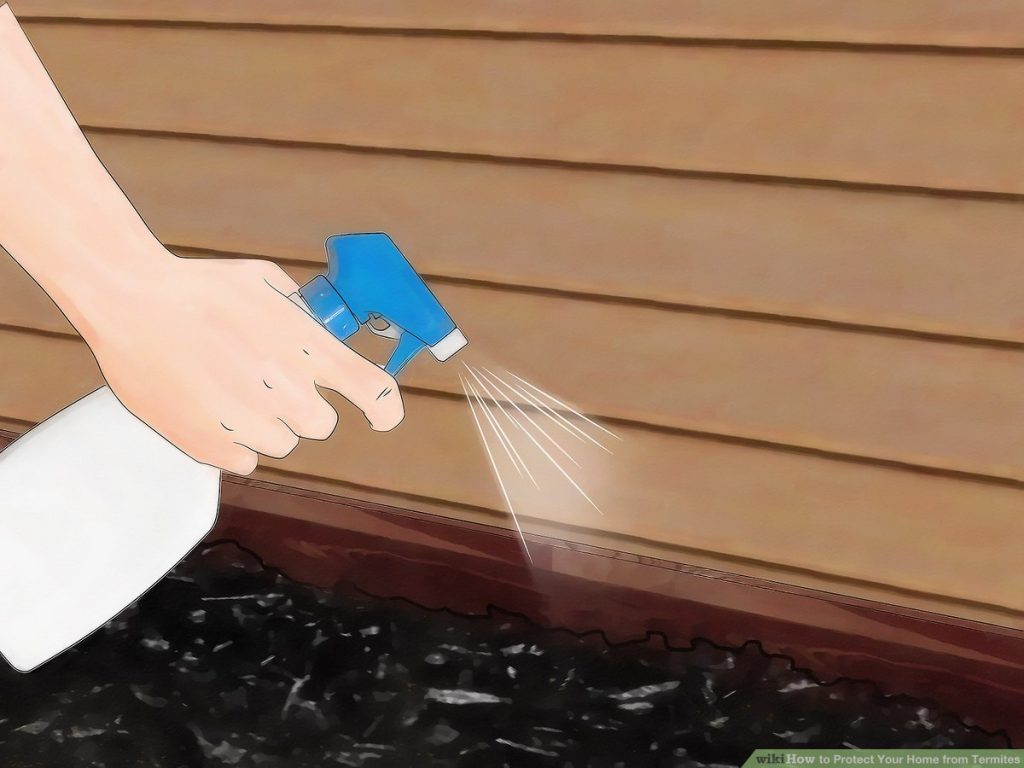Termites are one of the most destructive pests that can cause serious damage to your home. In this article, we will look at five easy steps you can take to protect your home from termites. With these simple steps, you can greatly reduce the chances of these pests causing expensive damage to your home.
Definition of Termites
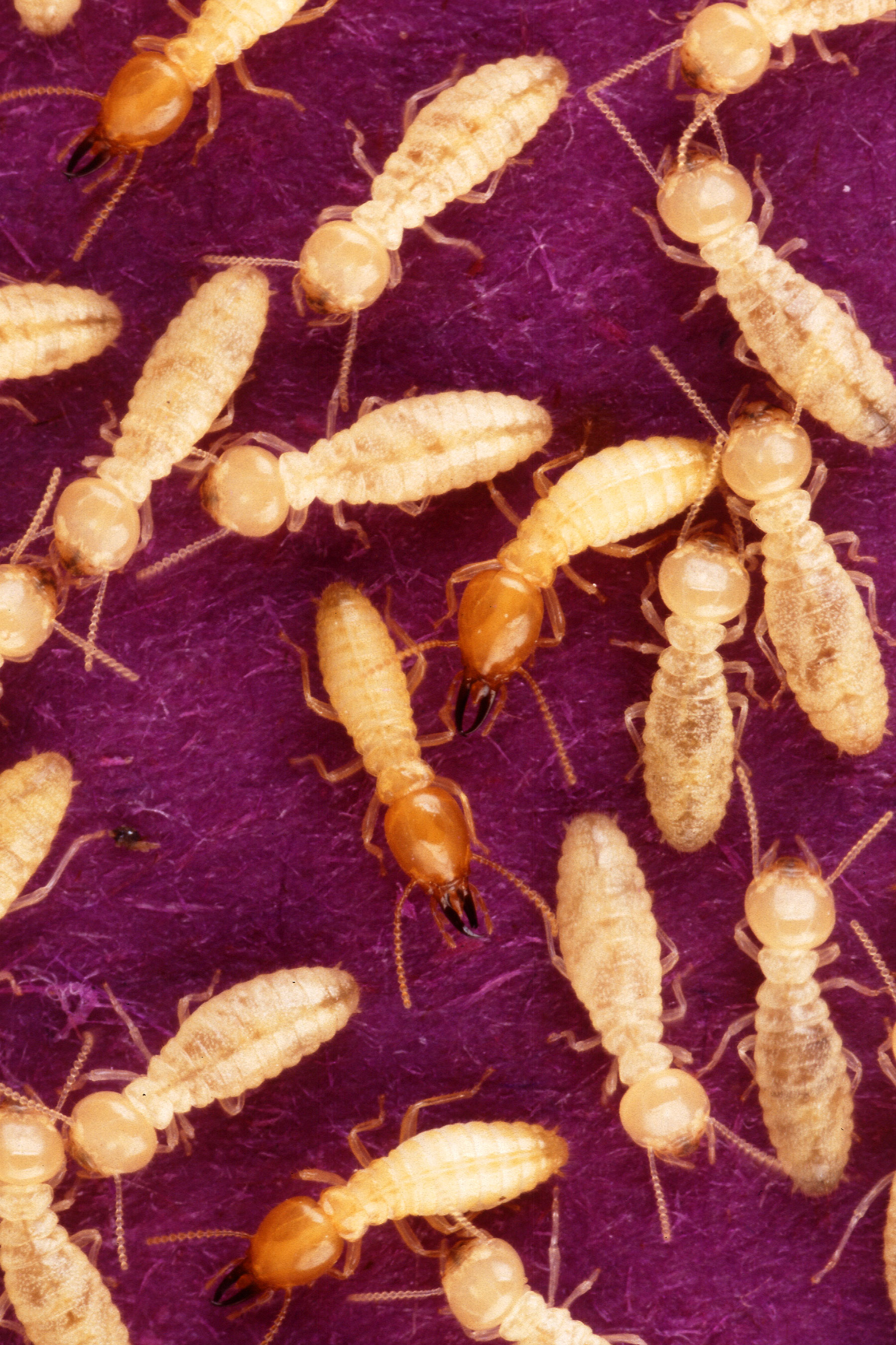
Termites are small, wood-eating insects that live in colonies and cause considerable damage to wooden structures, furniture and other objects made from wood and wood products. They are social insects that live in large colonies and are divided into three castes; workers, soldiers and reproductives. Termites feed on wood, paper, cardboard and other cellulose materials. The presence of termites in a given area is determined by moisture, temperature and the availability of food.
Signs of Termites
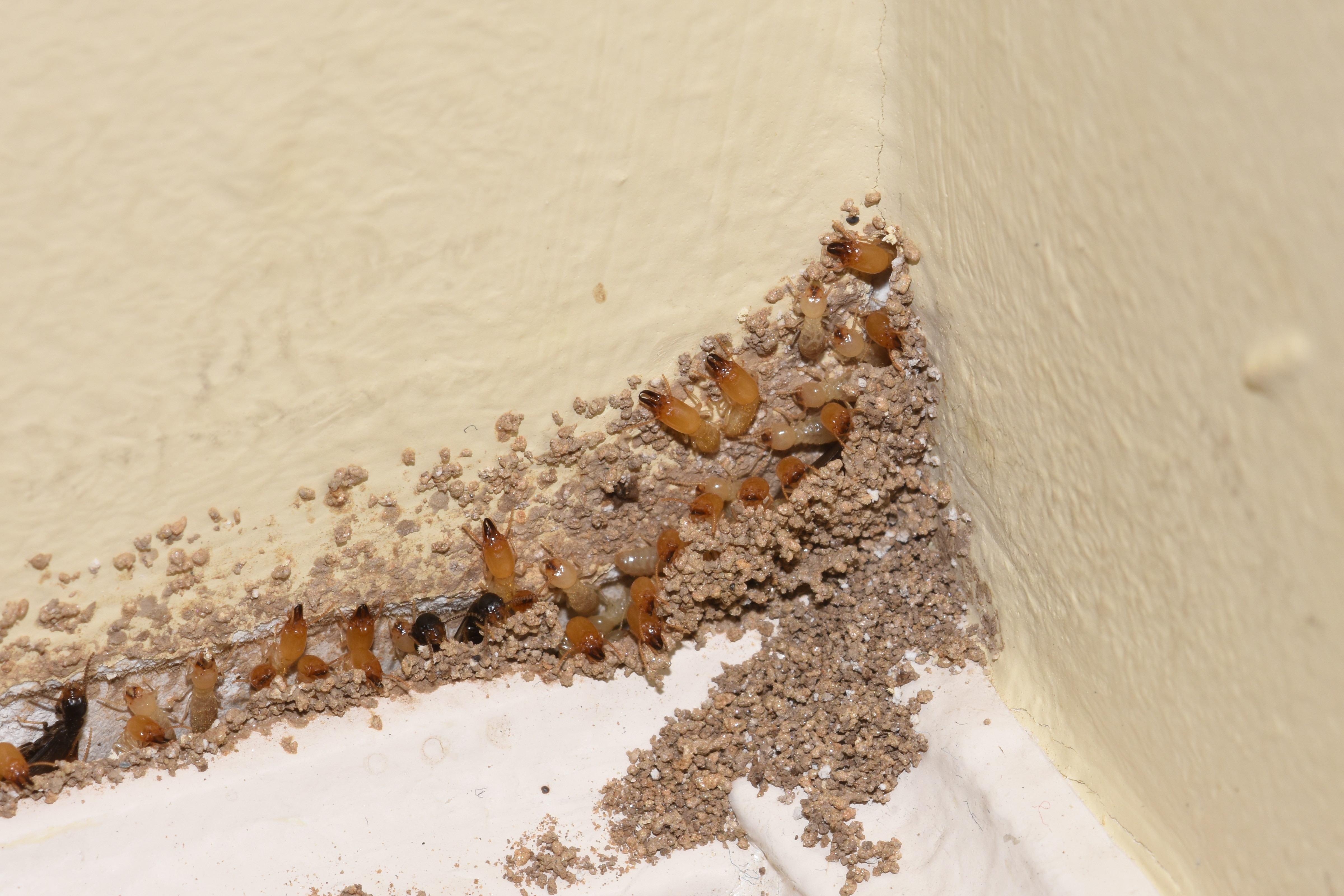
Termites can cause extensive damage to homes, so it is important to be aware of the signs of termites infesting your home. Look for the following warning signs to identify a termite problem:
• Mud tubes, which are used by termites to travel between the soil and wood in your home
• Discarded wings, which are shed by some types of termites during the mating season
• Sagging or blistered wood in flooring, door frames, and other wooden structures
• Hollow sounding wood when tapped
• Evidence of swarms of flying termites, which can be seen in the springtime
• Buckling paint or bubbling wallpaper
If you suspect termite activity in your home, contact an experienced pest control professional to inspect your home and recommend a treatment plan.
Types of Termites
Termites are divided into three main categories: subterranean, drywood, and dampwood. Subterranean termites live in the ground and build elaborate tunnel systems to gain access to homes and other wooden structures. Drywood termites live in dry wood and do not require contact with the ground. Dampwood termites live in wet wood and typically infest wood near the ground.
How Do Termites Get Inside Your Home?
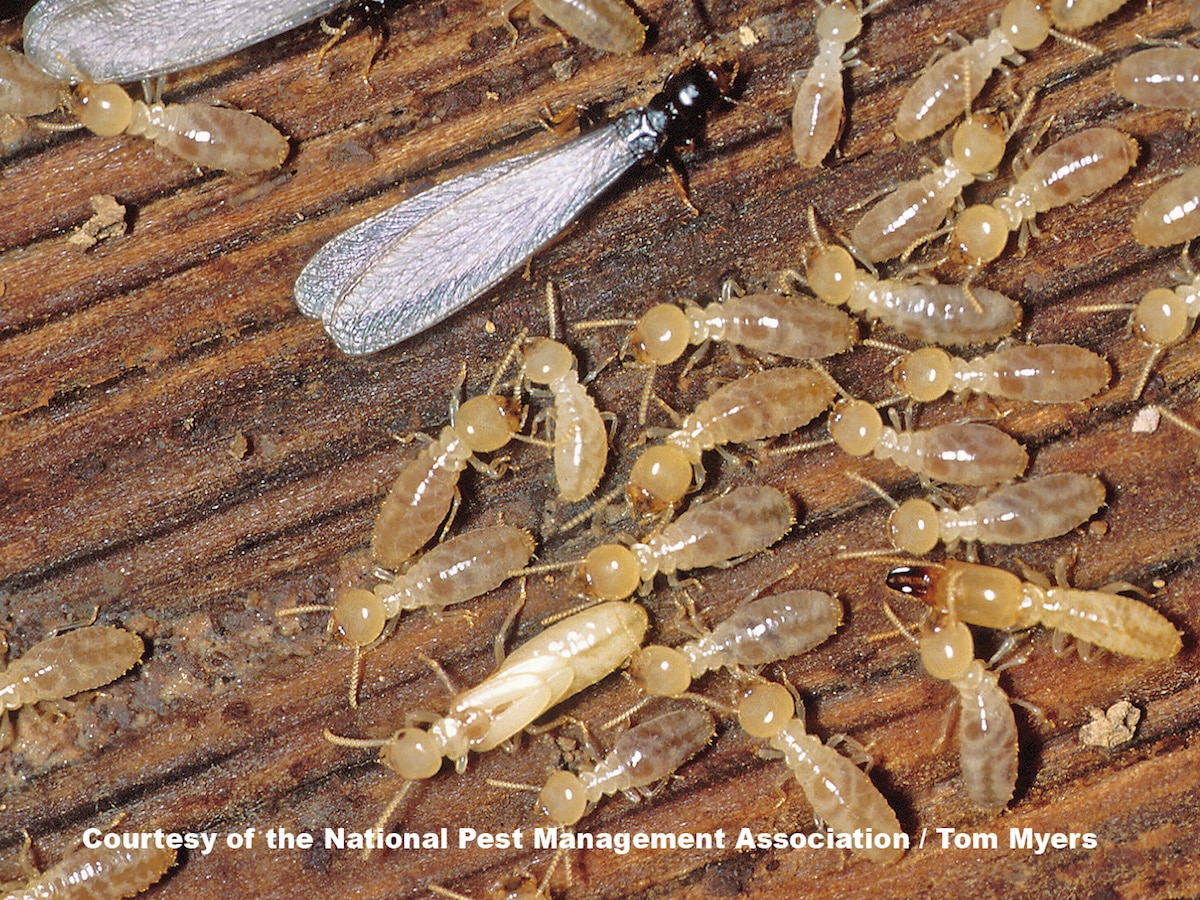
Termites can enter your home in a variety of ways, including through cracks in the foundation of your home, through the smallest of openings around pipes and wires, and through gaps in door and window frames. They can also gain access through vents and exhaust fans, as well as through firewood, cardboard boxes, and other items that are stored near your home. Once inside, termites can thrive and cause extensive damage to your home. To protect your home from termites, it is important to inspect your home regularly and seal any cracks or gaps that may provide easy entry points. Additionally, you should keep firewood, cardboard boxes, and other items stored away from your home, and inspect your foundation for signs of termite activity.
Prevention Tips

1. Inspect Your Home Regularly
Regular termite inspections are essential to detect any signs of damage early. It’s best to have a professional inspect your home and property to locate any subterranean termite activity.
2. Eliminate Moisture
Termites are attracted to moist, humid environments. To reduce the likelihood of termites in your home, make sure to keep your home dry and well-ventilated. Repair leaky roofs and plumbing, and ensure that any wet areas, such as around air conditioners, are properly ventilated.
3. Seal Cracks and Gaps
Sealing any cracks or gaps in your foundation and walls is important to prevent termites from entering your home. Make sure to caulk around pipes, windows, and doors, and replace any rotting wood.
4. Keep Wood Away From Home
Store firewood, lumber and other cellulose materials away from your home and elevated off the ground. If possible, store these materials away from your property and in a termite-proof container.
5 Keep Mulch Away From Home
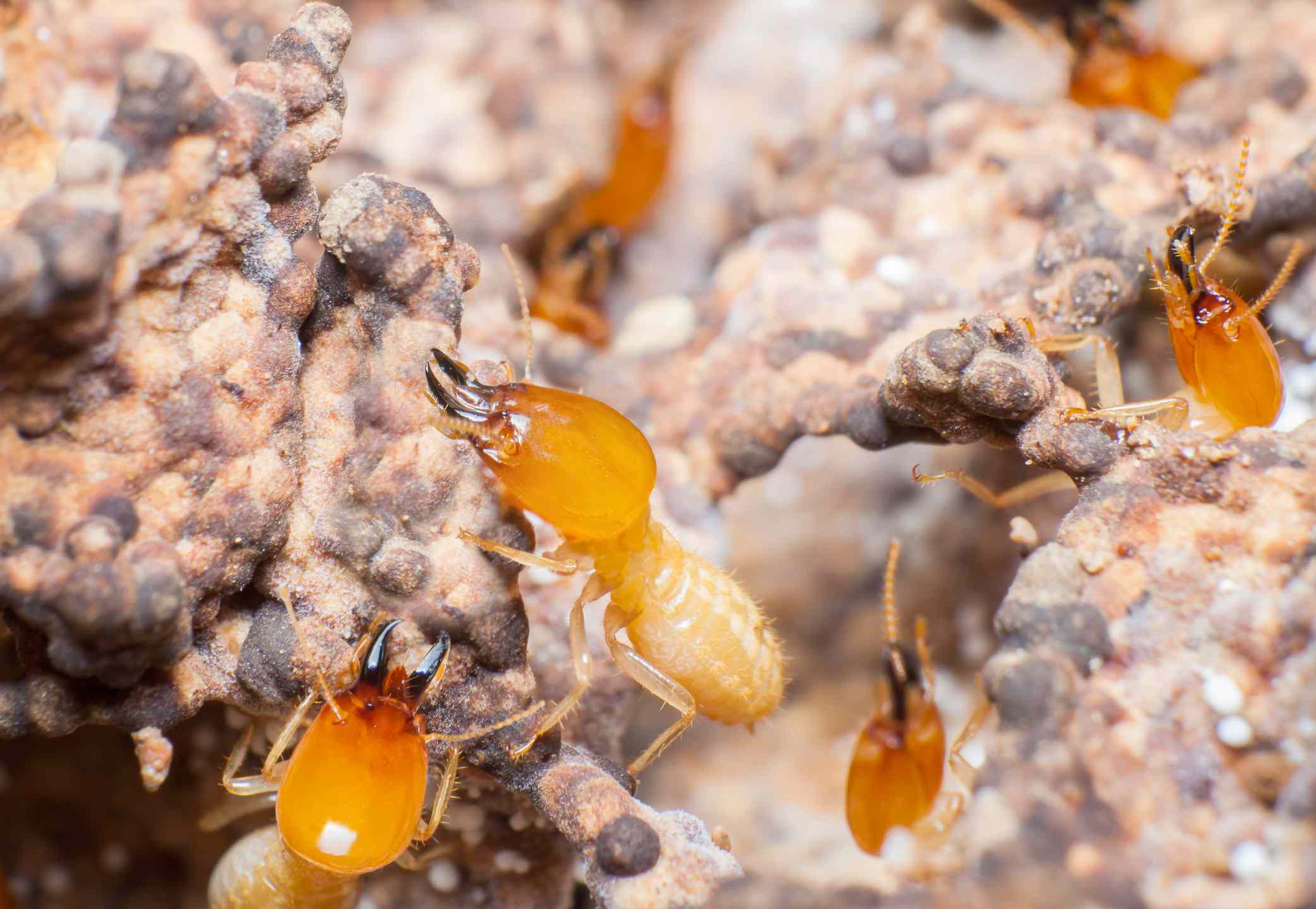
- Keep mulch away from the foundation walls of your home.
- Place mulch at least one foot away from the foundation walls.
- Reduce the depth of the mulch to no more than two to three inches.
- Remove any mulch that is already in contact with the foundation walls.
- Replace mulch with rock or gravel to create a barrier between the soil and your home.
6 Improve Ventilation
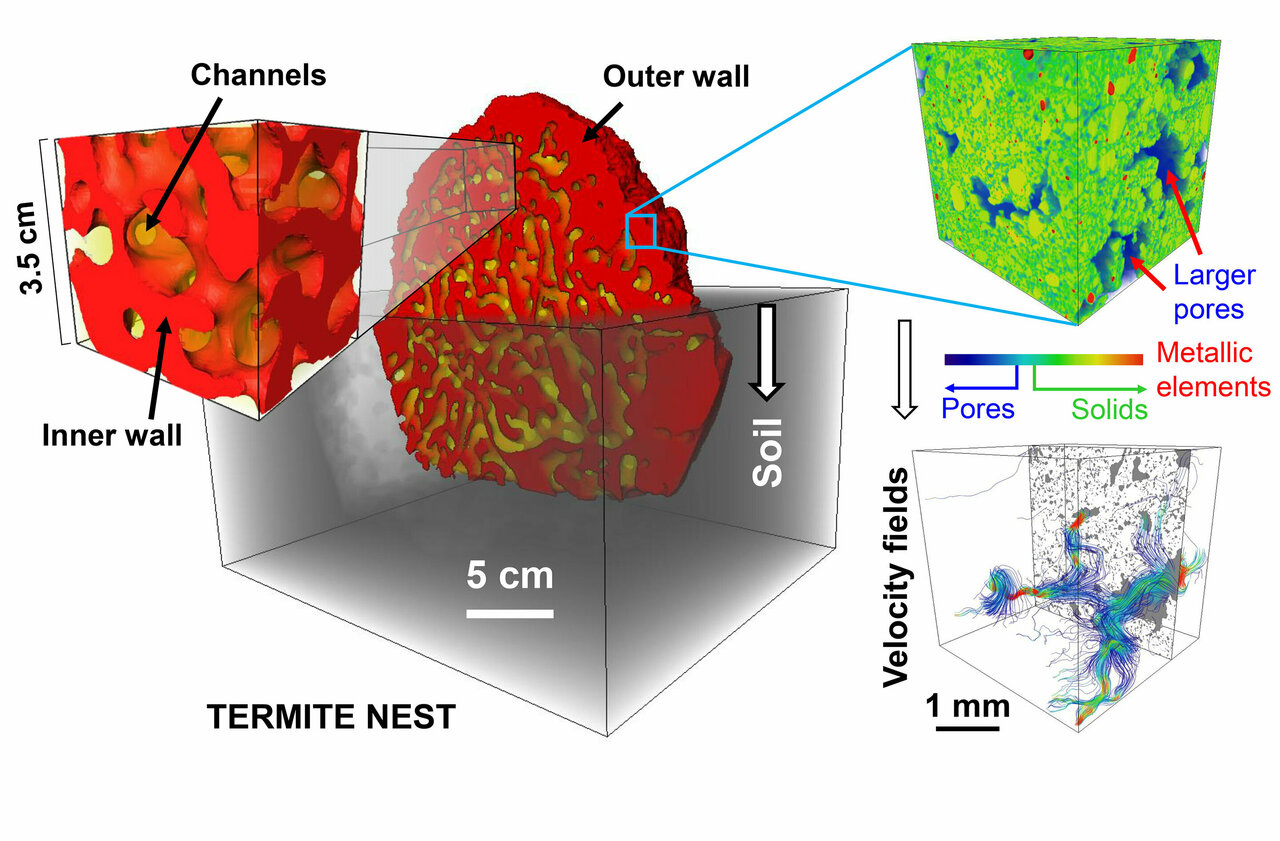
Make sure your home is well-ventilated by opening windows and doors when possible, and using fans to circulate air throughout your home. Poor ventilation can create a warm, moist environment that termites thrive in, so proper air circulation is essential to preventing a termite infestation. Additionally, make sure to check for any potential air leaks or drafts in your home which could allow termites to enter from the outside.
7 Remove Dead Wood From Your Property
Dead wood provides easy access for termites to enter your home. To help prevent this, regularly inspect your property and remove all dead wood, including fallen branches and old stumps. If you have a woodpile, store it away from your home and make sure it is kept dry, as damp wood is attractive to termites. Keep your garden and yard clean and clear of dead leaves and other debris.
8 Install Professional Termite Barriers
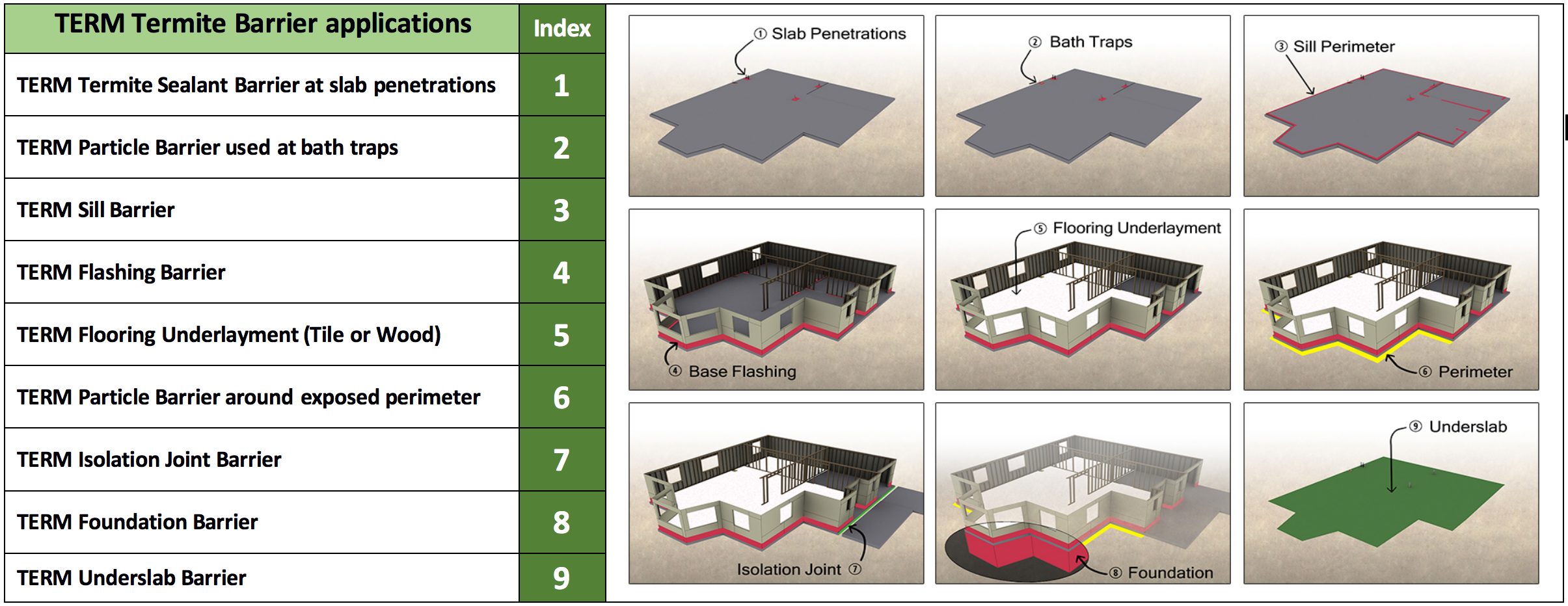
- Inspect your home for any existing termite activity.
- Identify any potential entry points.
- Assess the susceptibility of your home to termite infestation.
- Contact a professional pest control company that specializes in termite control.
- Discuss the termite control options available to you.
- Choose a termite control method that best suits your needs and budget.
- Have the professional install a physical termite barrier around your home.
- Monitor the installed barrier to ensure it is functioning properly.
Treatments for Existing Infestations
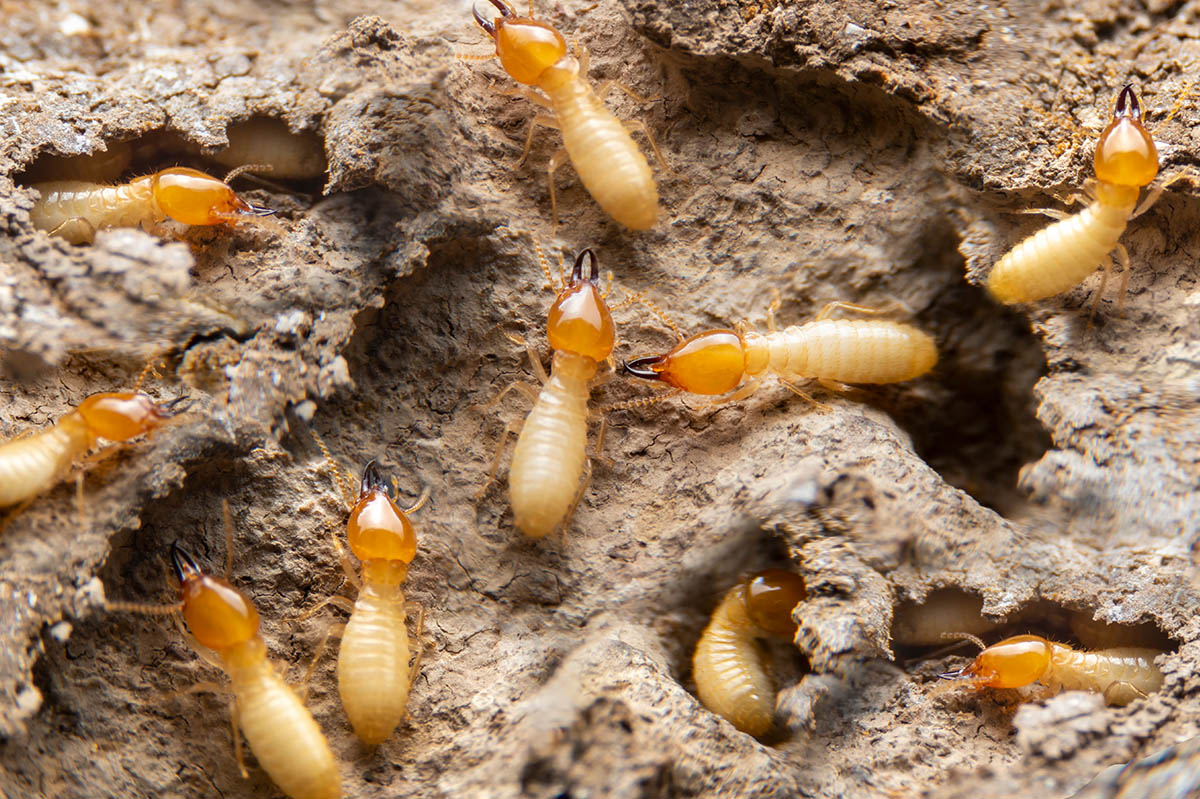
| Treatment | Description |
|---|---|
| Liquid Chemical Treatment | This method involves applying a liquid chemical, such as a termiticide, to the soil around the home. The chemical is then absorbed into the soil, killing any termites that come into contact with it. |
| Fumigation | Fumigation involves sealing off an area and then pumping in a gas, such as sulfuryl fluoride, which is toxic to termites. This method is usually used to treat larger areas, such as entire homes or buildings. |
| Baiting Systems | Baiting systems involve placing bait stations around the home. The stations contain a bait that the termites feed on, which contains a slow-acting insecticide. This method is a more targeted approach, as it only targets the termites that feed on the bait. |
| Heat Treatment | Heat treatment involves raising the temperature in an area to lethal levels for the termites. This method is often used in cases where other treatments are not effective or practical. |
If an infestation is discovered, it is important to take action as quickly as possible to stop the spread of the termites. The most common treatments for existing infestations include liquid chemical treatments, fumigation, baiting systems, and heat treatments. Each method has its own advantages and disadvantages, so it is important to consult with a pest control professional to determine which one is best for your particular situation.
1 Liquid Termiticides
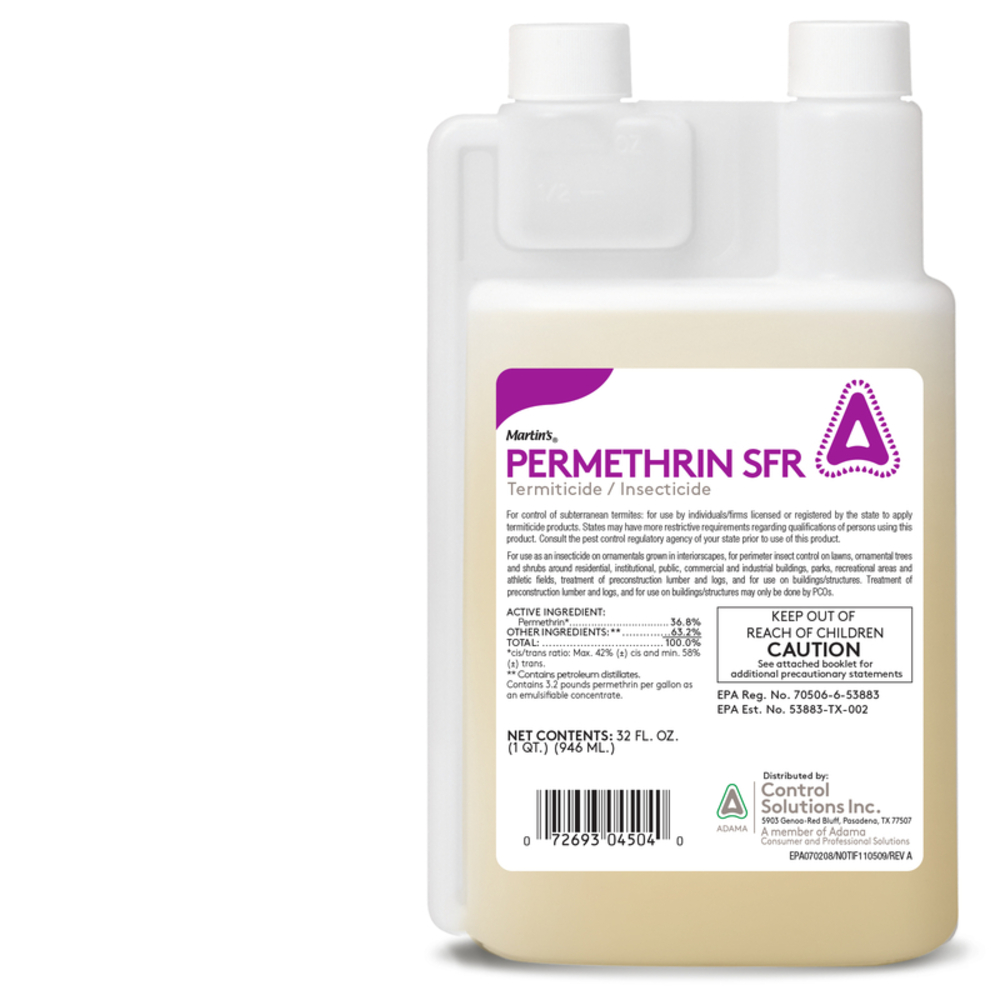
- These are chemical mixtures that are sprayed or injected into the soil around the perimeter of the structure and in areas where termites may be present.
- The chemicals are slowly released and remain in the soil for up to 10 years, killing any termites that attempt to enter the structure through the treated soil.
- The chemical kills termites that come in contact with it, as well as those that ingest it.
- It should be applied by a professional pest control expert for the best results.
2 Baiting Systems
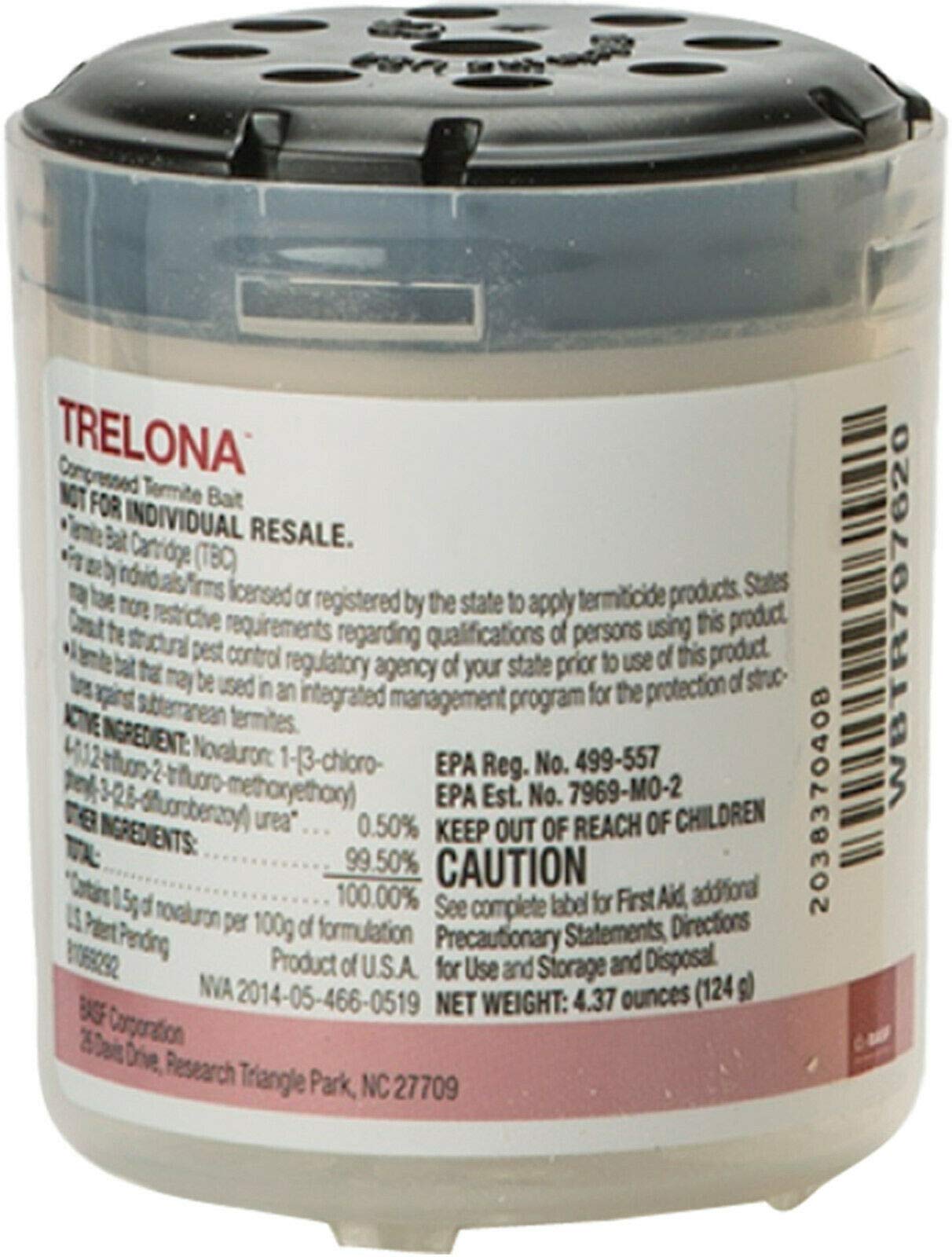
Baiting systems are an effective way to protect your home from termites. These systems usually consist of plastic or wooden stations containing bait material. The bait is designed to attract termites, which feed on it and take it back to the nest. Once termites eat the bait, it will spread to the rest of the colony, eventually killing all the termites. The stations should be placed around your home every 10 to 15 feet.
Another baiting system uses in-ground bait stations. These stations are embedded in the ground around your home and are filled with termite bait. Termites are attracted to the bait, feed on it, and die. This type of baiting system is especially effective for large infestations and is often used in combination with other treatments.
Both baiting systems are a safe and effective way to protect your home from termites. They are easy to install, require minimal maintenance, and can be used in conjunction with other treatments.
3 Fumigation
- Fumigation involves introducing a poisonous gas into an enclosed space to kill pests. It can be used to kill termites and other wood-destroying insects.
- Borate-based fumigation is a common method used to treat wood for termites. Borates are non-toxic and can be used to treat wood that has been infested by termites.
- Heat fumigation is also an effective way to kill termites in affected areas. Heat fumigation is done by raising the temperature of the affected area to a certain degree which kills the termites.
Natural/Organic Termite Control Options
Using natural and organic methods can help protect your home from termites. This includes removing wood piles, dead trees, and other organic material around your home, as well as keeping your home dry and avoiding wood-to-soil contact. Some other organic termite control options include treating wood with borate, introducing nematodes to your soil, and using orange oil or neem oil as a contact insecticide. Borate is a mineral salt that disrupts the termites’ digestive system and can be used to treat wood surfaces. Nematodes are tiny, worm-like organisms that feed on termites and can be introduced to the soil around your home to kill the insects. Orange oil and neem oil are both contact insecticides that can be used to directly kill the termites on contact.
Frequently Asked Questions
What are the 5 easy steps to protect my home from termites?
1. Reduce moisture levels in and around the home: Remove sources of water, such as leaky pipes and excess soil in contact with the building.
2. Dispose of wood scraps, dead tree stumps and other cellulose materials that can attract termites.
3. Seal cracks and crevices in the foundation and around pipes and other entry points with caulk or other sealants.
4. Store firewood and other cellulose materials away from the home and at least 20 feet away.
5. Have regular professional pest inspections to detect and treat any termite infestations.
How can I prevent termites from entering my home?
To prevent termites from entering your home, it is important to eliminate any sources of moisture, as well as food sources, that could attract them. Make sure that all leaky pipes and faucets are fixed and moisture sources like air conditioners and dehumidifiers are properly maintained. Remove any sources of cellulose materials like wood debris and mulch from your home’s perimeter, and repair any damaged wood structure. Seal any cracks and gaps that may be used as entry points for termites, and install a physical barrier such as a metal sheet to keep them away. Finally, use a professional pest control company to inspect your home and identify any areas at risk of termite infestation.
What are the best ways to keep termites away from my home?
To protect your home from termites, it is important to maintain proper hygiene and sanitation. Remove any wood debris, stumps, wood piles and other sources of cellulose from your property. Keep firewood and mulch away from the foundation of your home. Trim back any overhanging trees, shrubs, and vegetation that might be touching your home. Seal any cracks and crevices in the walls and foundation to prevent termites from entering. Use a moisture barrier to prevent moisture from seeping into the foundation. Use a chemical treatment to create a barrier around the perimeter of your home. Finally, have your home inspected regularly to detect any signs of termite activity.
Are there any signs that indicate termite activity in my home?
Termites can cause extensive damage to a home if left unchecked. Signs of termite activity include discarded wings near windows or doors, mud tubes on exterior walls, hollow-sounding wood, and cracked or bubbling paint. If these signs are present, it is important to contact a pest control professional right away. They can inspect the home and provide an appropriate treatment plan to get rid of the termites.
Are there any DIY solutions to protect my home from termites?
DIY solutions to protect your home from termites can include sealing any cracks or holes in your home’s foundation, using termite-resistant building materials, removing wood or organic debris from around your home, and using chemical barriers or baiting systems. It is important to note, however, that while DIY solutions can provide some protection, they are not a substitute for professional pest control. Professional pest control services are the best way to ensure termite infestations are effectively and safely removed.
Conclusion
Termites can cause extensive damage to a home if not checked in time. Following these five easy steps can help protect your home from termites: regular inspections, soil and wood treatments, proper landscaping and exterior maintenance, eliminating sources of moisture, and scheduling regular pest control treatments. Implementing these steps can help you save thousands of dollars in repairs from termite damage.

